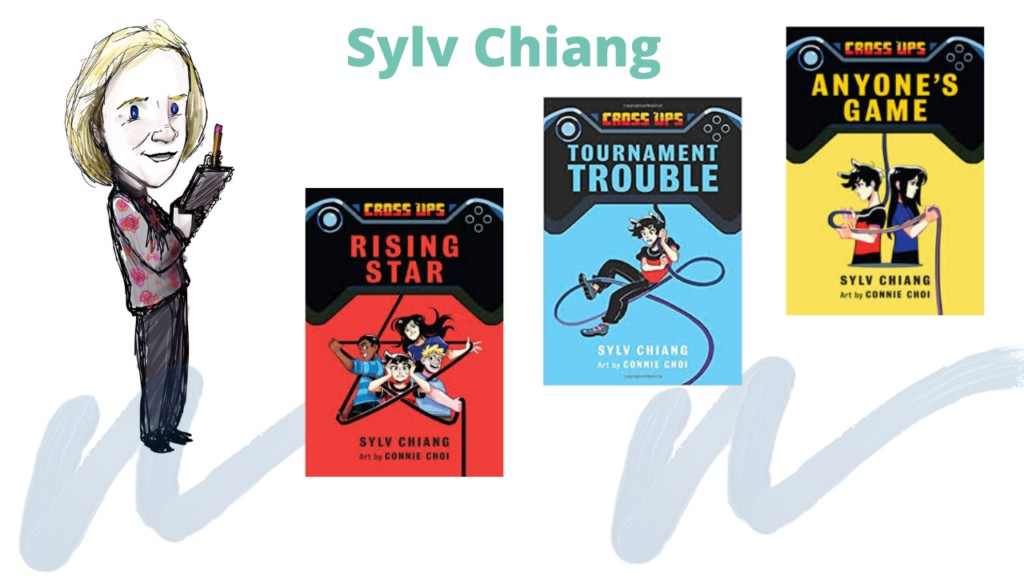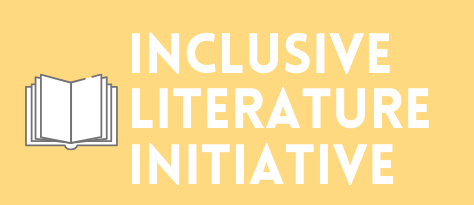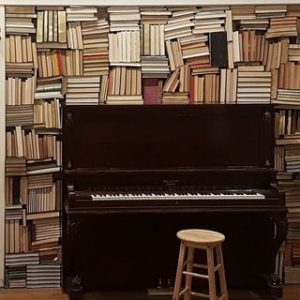Author Feature: Sylv Chiang

How did you end up being the author of children’s books?
I’ve always loved to read and write. In Grade One I said that I was going to be an author when I grew up. I used to write for fun with my friends in elementary school, things like fake newspapers and even a short novel. Somehow, I never saw writing as a career option. When I became a teacher, I continued to read to and with the students. I wrote a class play here and there for fun. But it wasn’t until I was on maternity leave and looking for something to do for my own enjoyment, that I took a Writing for Children class. It was so fulfilling for me to write and have that creative outlet again. I found Jaden, the main character in the Cross Ups Series, in one of the homework assignments and I just knew I wanted to keep writing about him and see where he would lead me.
What drew you to writing about video games and this age group?
As a teacher, I wanted to write something that would fill a void I saw in Kidlit. I was teaching some students in Grade Five and Six who would rather play video games than read books. So, I challenged myself to write the book that would get those kids to put down their controllers for a while and enjoy reading. That’s how I chose to write about a young gamer – someone they could connect with.
To make the story authentic, I needed to learn more about gaming. Since Cross Ups is modeled loosely after Street Fighter, I discovered the Fighting Game Community (FGC) here in Toronto and attended a few of their video game tournaments for research. I was fascinated by this world where people beat the crap out of each other on screen but are totally friendly and welcoming in person. I knew the FGC was a setting that would captivate my audience.
Online I found that you are both a teacher and an author, could you explain the benefit you have seen in combining those two fields?
Being a teacher benefits me as a children’s author in so many ways. Although I sometimes wish I had started to write novels earlier, I know that all the years I have spent working with children prepared me to write for them. I can truly say I know my audience. I have been told that my characters are believable, that they sound and act in an authentic way. This is because I use my lived experiences in my stories. Being a teacher also helps me when it comes to doing school presentations or workshops for literary festivals. I am definitely in my element when I can combine being an author with teaching.
What do you think is missing in the current curriculum and literature of youth today?
One of the most important things education can do is open people’s minds to new ways of thinking. That means seeing things from other perspectives. We need everyone represented in libraries and in text books. That means more books with characters who are black, indigenous and people of colour (BIPOC). But we need to consider more than just race. We need books with characters who are living with disabilities, characters living with mental health challenges, characters who are LGBTQ, and more.
I’d also like to hear more young voices writing for their peers. There are many talented young writers out there. With all the opportunities available today to get words out, I hope that young writers can see this as a viable career path.
If you were to leave your readers with one message, what would it be?
I think every reader should take from a book what they want. I just hope they had a positive experience reading a story.
What are you hoping will be the next steps for you and for your books?
Right now, I am learning the art of scriptwriting for my own interest. I am working on a new set of characters – young people like the ones I teach – and enjoying their adventures while learning a whole new way of telling a story.


